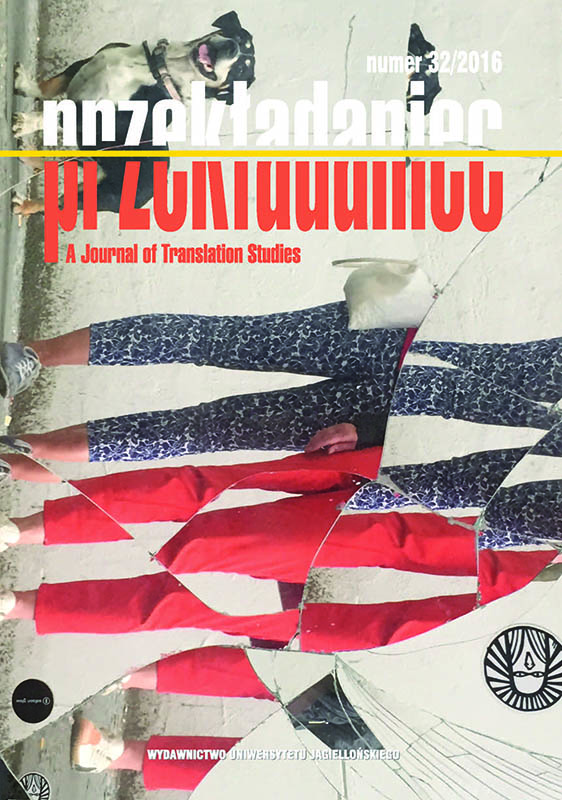Greckie i łacińskie średniowiecze w nie-liturgicznej poezji: Kasja Mniszka i Carmina Burana
The Greek and Latin Middle Ages in Non-liturgical Poetry: Cassia the Nun and the Carmina Burana
Author(s): Agnieszka HeszenSubject(s): Translation Studies
Published by: Wydawnictwo Uniwersytetu Jagiellońskiego
Keywords: Cassia; Carmina Burana; Byzantine spirituality; mediaeval poetry; epigrams; satire
Summary/Abstract: The article compares some epigrams of Cassia, a nun and poetess living in the 9th century in Constantinople with the songs from the collection Carmina Burana (CB), which were created in the West of Europe between the 11th and 13th century. The author of the work presents her own translations of the poems and shares reflections on the way of their interpretation. What unites Cassia with Latin chants is a miniature form, the accuracy of observations on man and society, satire. The environment of the creation of the both groups of the works is similar too – the Greek poetess was a nun, the authors of Latin songs were clerics and scholars. Yet the image of love is different: in the CB we will find songs of sensual, erotic subject, Cassia, even if she writes about love, it is the one of spiritual dimension. There is a completely different attitude to the clergy: Cassia writes beautiful praise of life of the monks, CB are full of cut satires on the friars. CBare very rewarding material for the translator – full of simple rhymes and rhythms, with a regular structure, there are easy to translate into Polish. We are accustomed that mediaeval poetry is just that: rhythmic, rhymed, with a simple arrangement of sentences, therefore a translator using measures of mediaeval chants can introduce the reader not only to the content but also to the form of the Latin songs. Cassia’s poetry has a closer connection with the music, her songs of the saints are not rhythmic, rhyming nor isosylabic, but a melody gives a rhythm to the structure of the sentence. So, in thetranslations some equivalent of music must appear. In contrast, Cassia’s satirical poetry was not meant to be sung, and it was written with iambic verse, which can be translated with a suitable rhythm.
Journal: Przekładaniec.
- Issue Year: 2016
- Issue No: 32
- Page Range: 7-27
- Page Count: 21
- Language: Polish

